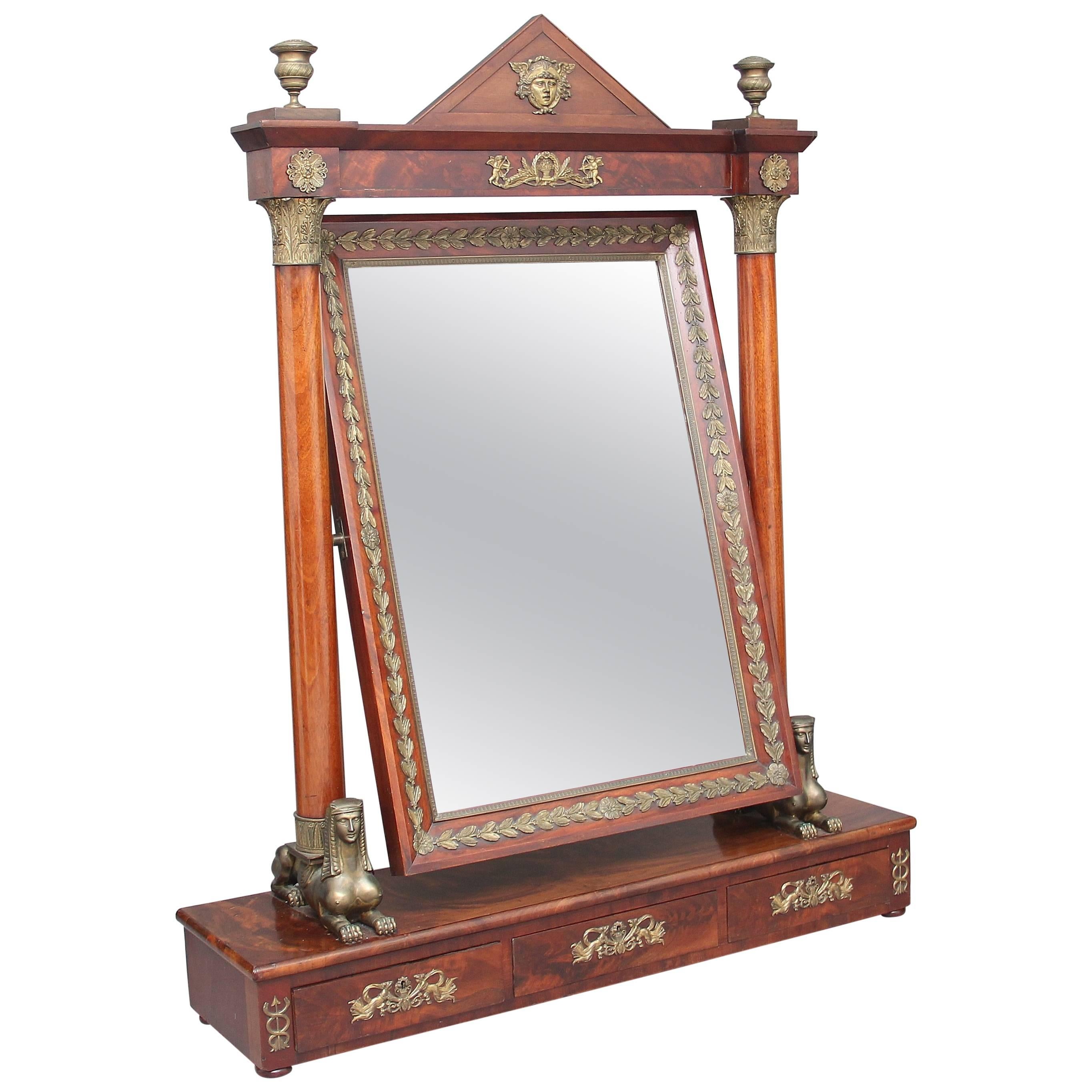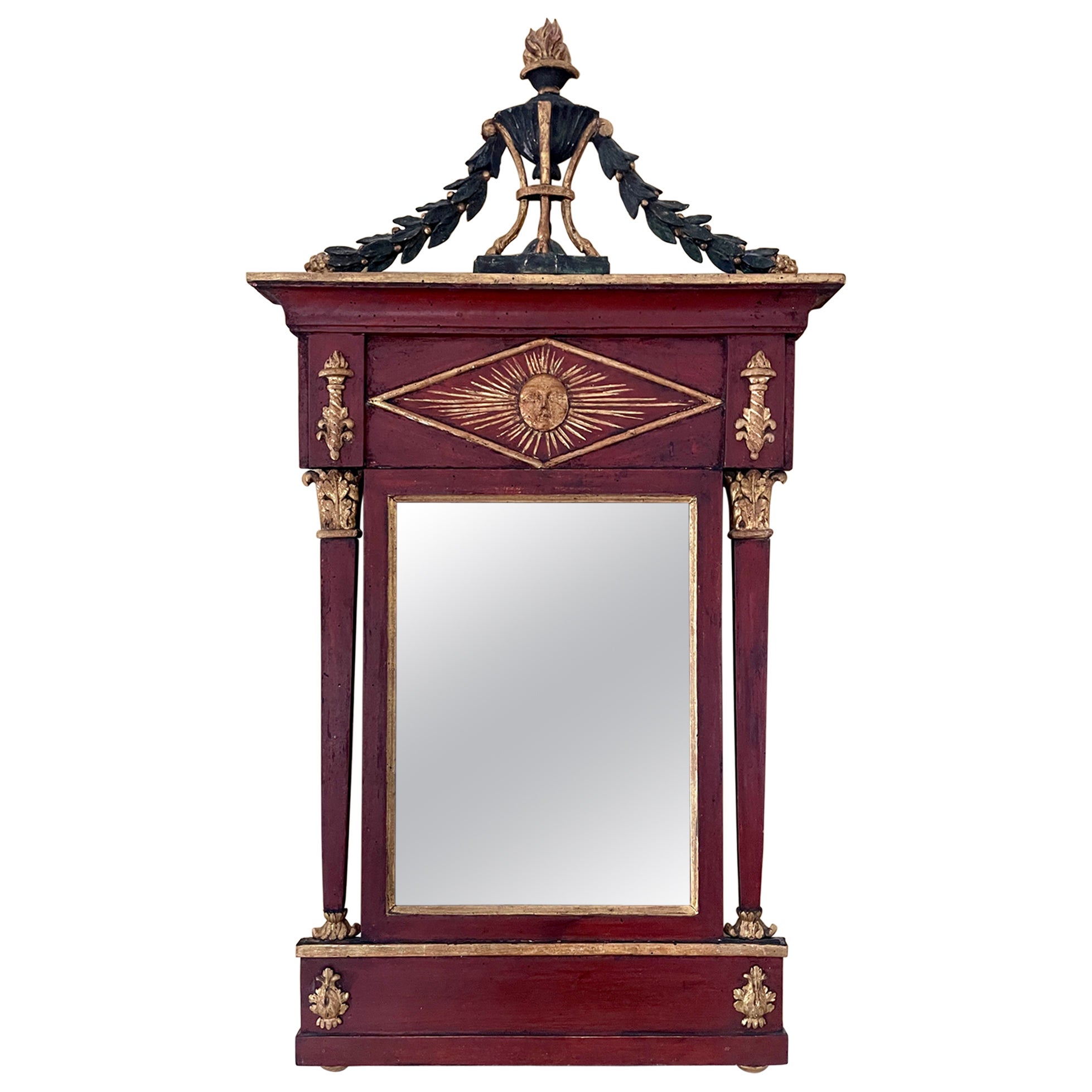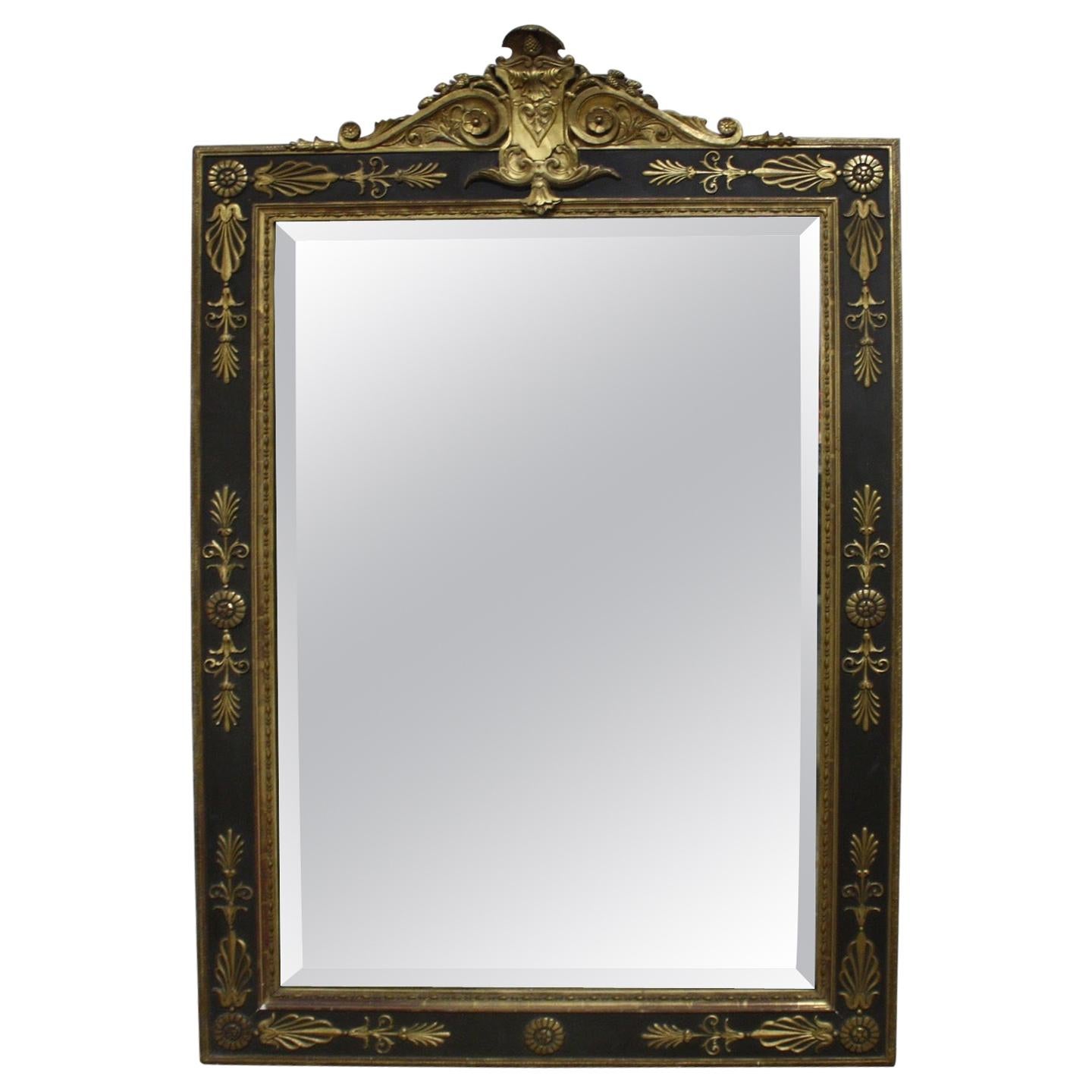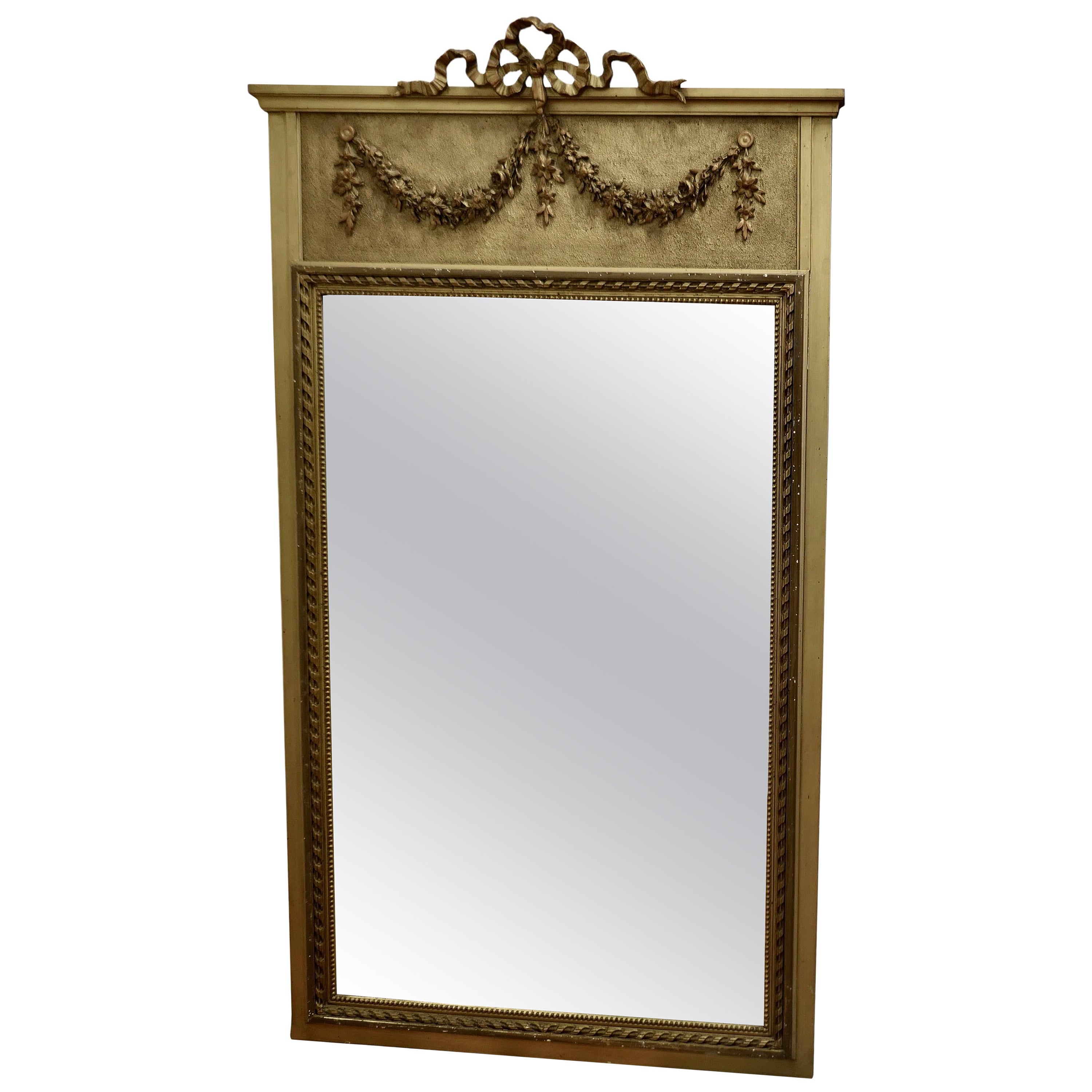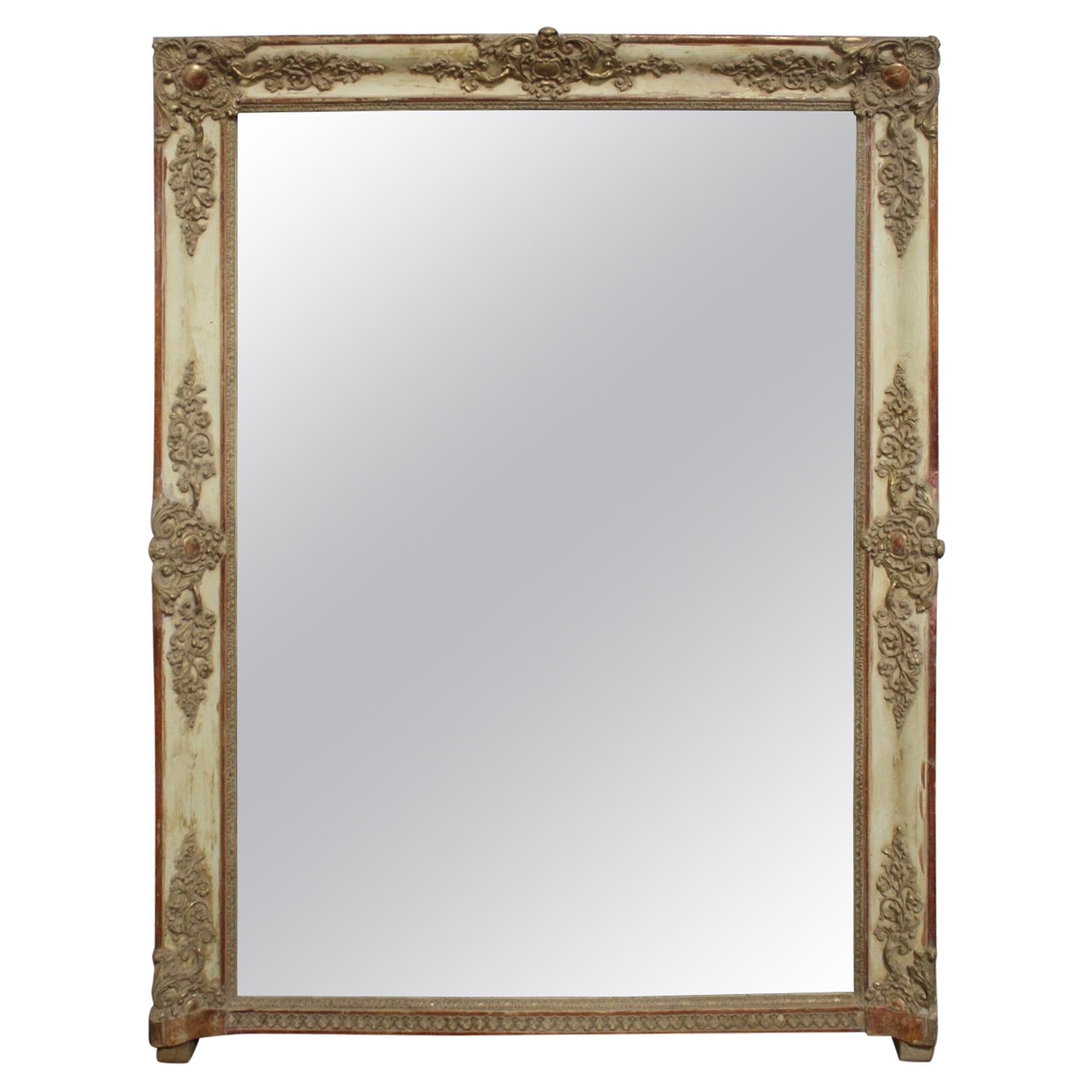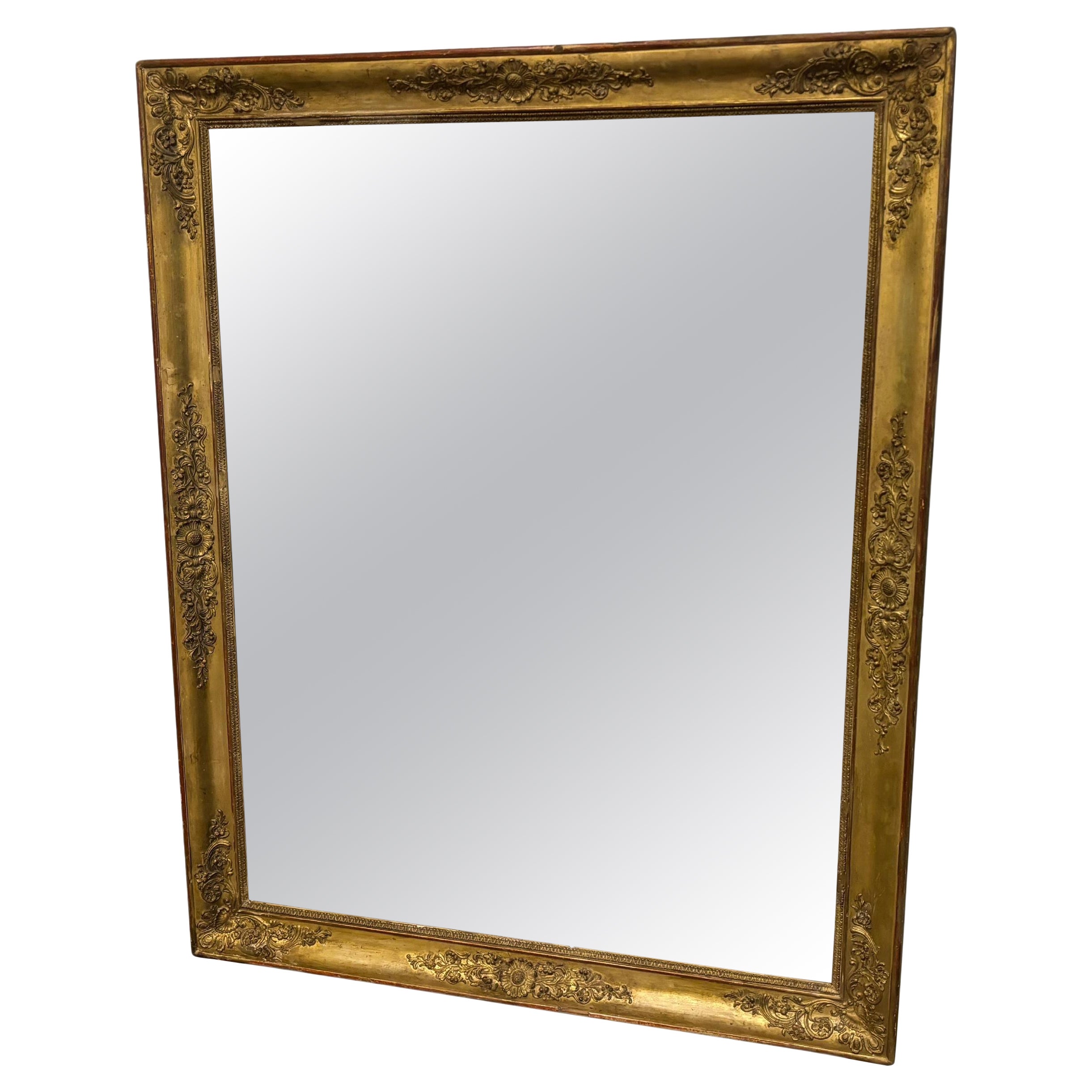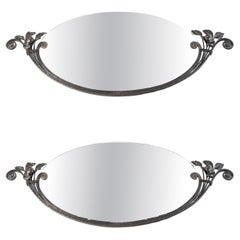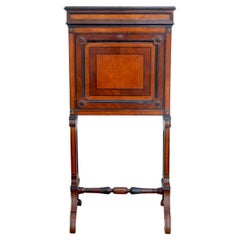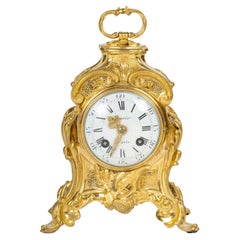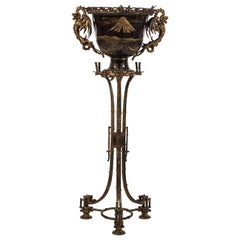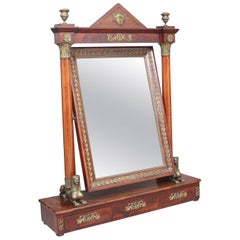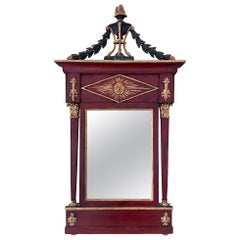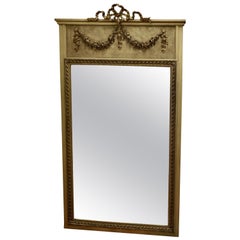Items Similar to French 19th Century Restauration Psyche Coiffeuse Mirror
Want more images or videos?
Request additional images or videos from the seller
1 of 13
French 19th Century Restauration Psyche Coiffeuse Mirror
$2,105.08
$2,631.3520% Off
£1,565.73
£1,957.1620% Off
€1,760
€2,20020% Off
CA$2,940.02
CA$3,675.0220% Off
A$3,190.64
A$3,988.3020% Off
CHF 1,678.78
CHF 2,098.4720% Off
MX$38,766.37
MX$48,457.9620% Off
NOK 21,017.99
NOK 26,272.4920% Off
SEK 19,790.35
SEK 24,737.9320% Off
DKK 13,403.95
DKK 16,754.9420% Off
About the Item
A French 19th Century Restauration Psyche Coiffeuse mirror
Patinated and gilt bronze rectangular Psyche Coiffeuse Mirror
designed with Greek frieze, palmettes, oves, strings of pearls, foliage scrolls and gadroons ormolu mounts
Restauration Period
Circa 1830.
The Restauration Style (1815-1830)
After Napoleon's defeat at Waterloo on 18 June 1815, power in France was taken over by the two brothers of Louis XVI: the Count of Provence, who reigned as Louis XVIII (1815-1823), then the Count of Artois, known as Charles X, who ruled until 1830, when he was overthrown by the July Revolution and replaced by a new king, Louis-Philippe I (1830-1848).
This period known as the Restauration (1815-1830) was primarily a reaction against the pomp and circumstance of the Empire. It imposed an elegance and refinement in furnishings and decoration that Napoleon's taste for grandeur and glamour had, in a way, obscured. But under the Restauration, it was no longer the orders of the royal family or those of rich aristocrats that set the tone. Fashion was now adapted to the needs and tastes of the new bourgeois society, which rented flats in Paris that were more or less plush and suited to fam-ily life.
The concept of comfort was influenced by a certain English art of living. Regency style furniture was imported from England, particularly chests of drawers. Mahogany, con-sidered too heavy, was replaced by blond woods. Imposing furniture, decorated with bronz-es, gave way to smaller, finely cut or inlaid pieces. As in the Regency period a century earli-er, the vast rooms of the official palaces were abandoned to rediscover the charm of the in-timacy of small salons and boudoirs.
But this change of style does not call into question certain essential elements of the decor, which remains deeply inspired by the previous period. Thus, the Restauration continued the neo-classical tradition cherished by Napoleon I and brought it to an unprecedented de-gree of refinement.
At the same time, Romanticism sought its inspiration in an imaginary Middle Ages that combined the classical ornamentation of the decor with the rosettes, festoons and ogives of the Gothic cathedrals that were in vogue under Charles X.
The ornamentation, light and very refined, underlines the structure of the furniture. The molding, abandoned under the Empire, reappears delicately on consoles, secretaries, tables and imposing furniture such as bookcases.
Some decorative motifs from the Empire stye remain, but in a simplified form. Among the most used are the palmette - rounder, smaller and stylized, the cornucopia, the lyre, the swan, the star, and the dolphins. More rarely, chimeras, griffins and sea horses are found. However, Restauration motifs differ from Empire motifs in the way they are treated, much lighter and less solemn than in the previous period.
Classic motifs include oves, strings of pearls, foliage scrolls, gadroons, garlands or bouquets of flowers, ribbons, and flower crowns.
In addition to the allegorical motifs and antique (Amours, Psyches, Adonis, columns, pilastres, straight cornices) inherited from the previous period, Gothic motifs invaded furniture and objects, and constituted the novelty of this period. Everyday objects, from the most modest to the most luxurious, known as “à la cathédrale” or "troubadour", such as vases, clocks, torches, inkwells, flasks, and chests, are covered with details inspired by fenestration, rosettes, buttresses, arcatures, festoons, lacework, and stone belfries. Under Charles X, the "Gothic" taste was the first reaction to the ubiquitous antique style defined by Percier and Fontaine in the early 19th Century.
- Dimensions:Height: 16.15 in (41 cm)Width: 7.09 in (18 cm)Depth: 4.34 in (11 cm)
- Style:Restauration (Of the Period)
- Materials and Techniques:
- Place of Origin:
- Period:
- Date of Manufacture:circa 1830
- Condition:Wear consistent with age and use.
- Seller Location:Saint-Ouen, FR
- Reference Number:1stDibs: LU2612331454902
About the Seller
4.8
Vetted Professional Seller
Every seller passes strict standards for authenticity and reliability
1stDibs seller since 2017
69 sales on 1stDibs
Typical response time: <1 hour
- ShippingRetrieving quote...Shipping from: Saint-Ouen, France
- Return Policy
Authenticity Guarantee
In the unlikely event there’s an issue with an item’s authenticity, contact us within 1 year for a full refund. DetailsMoney-Back Guarantee
If your item is not as described, is damaged in transit, or does not arrive, contact us within 7 days for a full refund. Details24-Hour Cancellation
You have a 24-hour grace period in which to reconsider your purchase, with no questions asked.Vetted Professional Sellers
Our world-class sellers must adhere to strict standards for service and quality, maintaining the integrity of our listings.Price-Match Guarantee
If you find that a seller listed the same item for a lower price elsewhere, we’ll match it.Trusted Global Delivery
Our best-in-class carrier network provides specialized shipping options worldwide, including custom delivery.More From This Seller
View AllA French 1925 Art Deco Pair of Wrought-Iron Mirrors
By Edgar Brandt
Located in Saint-Ouen, FR
A French Art Deco Pair of wrought-iron oval beveled mirrors
The oval frame designed with volutes, flowers, fruits and leaves
Circa 1925
In 1925, the International Exhibition of M...
Category
Vintage 1920s French Art Deco Wall Mirrors
Materials
Wrought Iron
$2,954 Sale Price
35% Off
19th Century French Secretaire Flap "Billet Doux", Also Called "Portfolio"
Located in Saint-Ouen, FR
Secretaire flap "Billet douce", also called "portfolio"
Veneer of Amboyna burl, rosewood and blackened sticks, resting on two pilasters carried by two fluted pads connected by a turned and fluted spacer.
It opens with a flap, Interior in lemontree presenting, in addition to a tablet sheathed in leather, mail lockers and a pen tray with its original glass tank...
Category
Antique 1830s French Louis Philippe Desks and Writing Tables
Materials
Wood
$4,114 Sale Price
20% Off
A Louis XV Style Desk Travelling Cartel Clock circa 1875
By Etienne LeNoir
Located in Saint-Ouen, FR
Desk Travelling Cartel Clock in chiseled and gilded bronze
Rocaille decoration of scrolls, acanthus leaves and lyre
Enamel dial signed Lenoir in Paris
Plate mechanism No. 13287 and w...
Category
Antique 1870s French Louis XV Carriage Clocks and Travel Clocks
Materials
Enamel, Ormolu
French Japonisme Lacquered Metal Jardinière on Ormolu Stand Signed Marnyhac
By Maison Marnyhac 1, Edouard Lievre
Located in Saint-Ouen, FR
Jardinière Médicis vase shape in copper with gold lacquered decoration on a burgundy background of a Japanese landscape with a volcano and an eagle ...
Category
Antique 1870s French Japonisme Planters, Cachepots and Jardinières
Materials
Metal, Bronze
A French 19th Century Pair of Louis XVI Style Candelabras, circa 1870
By Emmanuel-Alfred Beurdeley
Located in Saint-Ouen, FR
A French XIXth Century Pair of Louis XVI Style Candelabras
Two candelabras in bronze very finely chiseled and gilded with two fluted branches, the twisted barrel from which escapes...
Category
Antique 1870s French Louis XVI Candelabras
Materials
Marble, Ormolu
Very Impressive French 19th Century Neoclassical Lyre-Form Clock
By Etienne LeNoir
Located in Saint-Ouen, FR
An impressive French 19th century Neoclassical Lyre-form clock with jeweled pendulum.
Amazing quality white and yellow marble 19th century French Lyre-Form clock mounted all over with gilt bronze...
Category
Antique 1850s French Louis XVI Mantel Clocks
Materials
Crystal, Marble, Enamel, Ormolu
$7,176 Sale Price
52% Off
You May Also Like
Large 19th Century French Empire Dressing Mirror
Located in Martlesham, GB
A very impressive large 19th century mahogany and ormolu French Empire dressing mirror with an Egyptian influence, the pyramid shaped top with an ormolu face flanked by ormolu urns, ...
Category
Antique 1820s French Empire Pier Mirrors and Console Mirrors
Materials
Ormolu
$3,236 Sale Price
20% Off
French Provincial Neoclassical Mirror
Located in New York, NY
French provincial neoclassical mirror. Red, green and gilt painted neoclassical style tabernacle form mirror with central plate flanked by tapering pilasters ...
Category
Antique Early 19th Century French French Provincial Wall Mirrors
Materials
Wood, Mirror
Beautiful French 19th Century Mirror
Located in Stockbridge, GA
Beautiful French 19th century mirror.
Category
Antique Early 19th Century French Restauration Wall Mirrors
Materials
Giltwood
French Trumeau Style Pier Console Mirror
Located in Godshill, Isle of Wight
French Trumeau Style Pier Console Mirror
This tall Mirror is an elegant piece, it has an aged gilt frame with swags, garlands and ribbons decorating the top and the wide moulded f...
Category
Antique Mid-19th Century Baroque Pier Mirrors and Console Mirrors
Materials
Giltwood
Early 19th Century French Mirror
Located in Stockbridge, GA
Early 19th century French mirror.
Category
Antique Early 19th Century French Romantic Mantel Mirrors and Fireplace ...
Materials
Giltwood
French Early 19th Century Mirror
Located in Stockbridge, GA
This mirror is made of wood covered gesso with gold leaves on the top. It has a mercury mirror with some use of age.
Category
Antique Early 19th Century French Restauration Floor Mirrors and Full-Le...
Materials
Giltwood, Mercury Glass
More Ways To Browse
Gold 19th Century Mirror
Bronze French Mirror
Gold Table Mirror
Bronze Gilt Mirror
Wood And Gold Round Mirror
Louis Xvi Gilt And Gold Mirror
19th Century Empire Round Table
Mahogany Console Table With Mirror
Greek Frieze
19th Century Gold Gilt Louis Philippe Mirror
Antique Chimera
Mahogany 19th Century Bedroom Sets
Blond Wood Furniture
Louis Xvi Small Console Tables
Antique Greek Mirror
Coiffeuse Table
Coiffeuse Antique
Napoleon Waterloo
